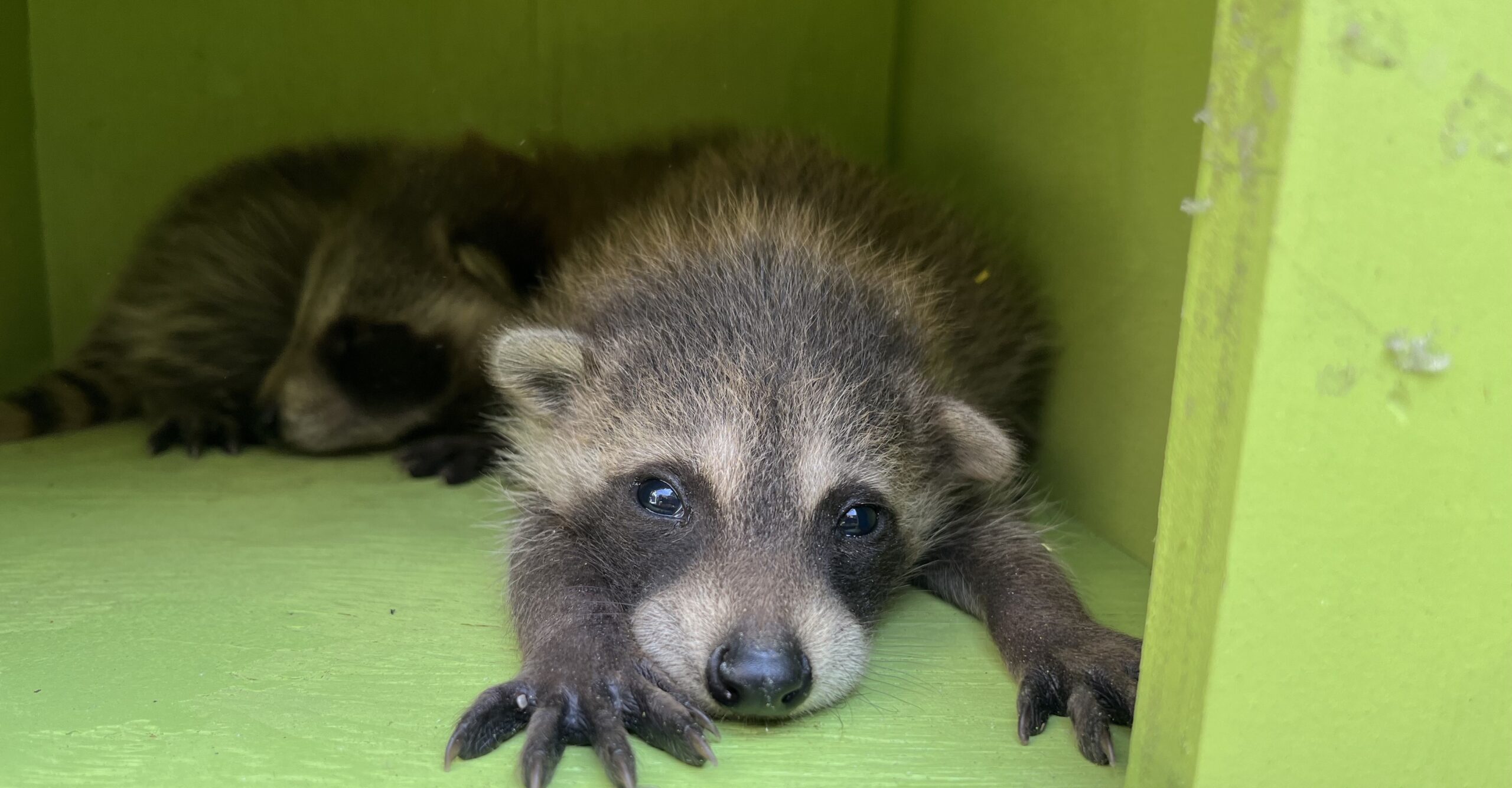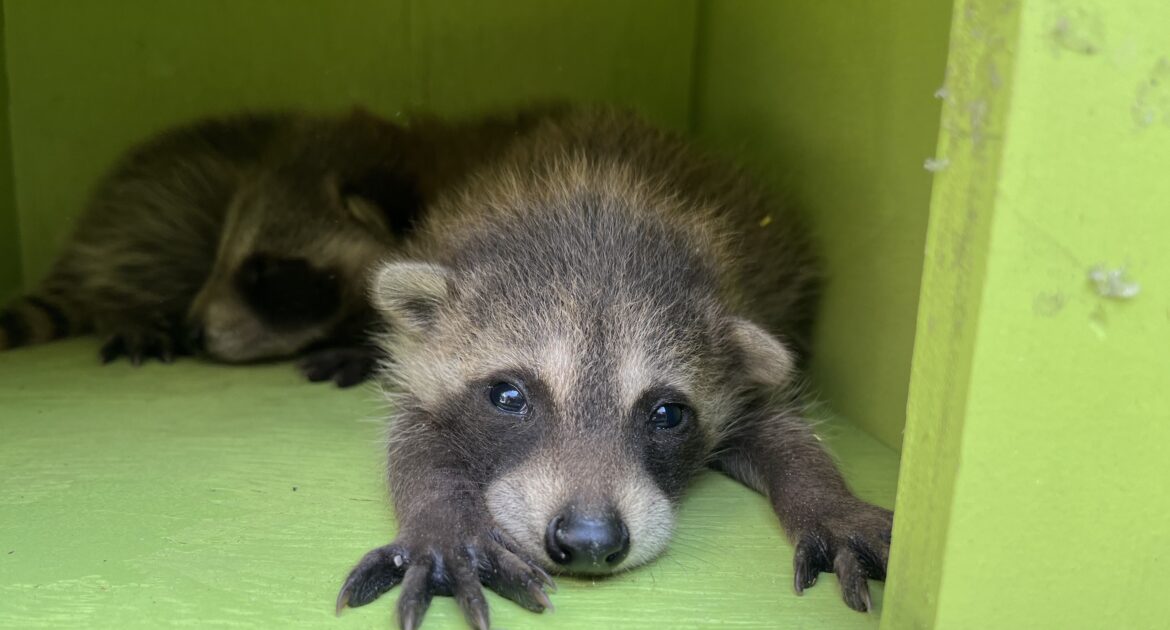Raccoons are one of Brookhaven’s most fascinating animals, but they have a secret superpower that many people don’t know about. Their paws are unique, packed with thousands of nerve endings that give them an incredible sense of touch. These tiny, hand-like tools help raccoons find food, climb, and explore with amazing accuracy. Their sense of touch is so crucial that it’s often compared to the way humans rely on their vision.
This incredible skill, called the unique raccoon touch adaptation, allows raccoons to be problem solvers and survivors in both city and rural areas. They can figure out how to open containers, climb walls, or feel their way through dark spaces.
When they interact with their world, their ability to touch and feel is just as important as their vision or sense of smell. Because of these adaptations, it’s no surprise that raccoons can sometimes cause problems for homeowners. That’s why wildlife removal in Brookhaven often needs the experience of professional teams like Skedaddle Humane Wildlife Control, who understand how to solve raccoon issues humanely and effectively.
Raccoons’ Remarkable Paw Anatomy
Have you ever looked closely at a raccoon’s paws? They look like miniature hands! These tiny tools make raccoons extremely resourceful. Each paw has five long toes, and while they don’t have thumbs like humans, their front paws are still incredibly useful. They can hold objects, manipulate small items, and explore the smallest nooks and crannies.
What makes their paws even more special is their sensitivity. Raccoon paws are packed with nerve endings, much like human fingertips. This allows them to detect textures, shapes, and even temperatures with great precision. For example, they can feel for hidden food in muddy water or tell the difference between a small pebble and a seed on the ground. This extra sense of touch comes in handy when raccoons are hunting for food or trying to find a safe place to live.
Their paws are also strong and flexible, which helps raccoons thrive in different environments like forests, parks, and backyards. This remarkable combination of strength and sensitivity makes them one of Brookhaven’s most adaptable animals.
How Raccoons Use Their Paws Every Day
Raccoons depend on their paws for almost everything they do. Here’s a closer look at how their sensitive touch helps them survive and thrive:
- Exploring: Raccoons love to explore their surroundings, and they aren’t just looking around with their eyes. Their front paws act like built-in sensors, helping them feel and understand new objects or areas. Imagine a raccoon reaching into a dark hole in a tree. Without seeing inside, its paws can figure out if that hole is safe or if food is hidden there. This ability is key to their curiosity and survival.
- Foraging: Raccoons are expert scavengers, and their paws help them find food others would miss. They can reach into trash cans, turn over rocks, or dig through the soil to discover hidden meals. Even if food is covered under dirt or leaves, their sense of touch helps them sort through what’s edible and what’s not. It’s like their paws are telling them, “This is a snack!” right through touch alone.
- Climbing: Don’t underestimate their climbing skills! Raccoons can climb trees, fences, or even buildings. Their paws have sharp claws that help them grip surfaces tightly, and their sense of touch shows them where to step next. Even in total darkness, raccoons can scale a tree or sneak their way up a roof without missing a beat. This climbing talent often helps them escape predators or reach hard-to-get food.
- Building Nests: Raccoons are also great nest-builders. They use their paws to collect and arrange materials like leaves, twigs, or even pieces of fabric they find nearby. Once they’ve gathered enough, they use their sensitive paws to shape these resources into a warm, secure nest. If they’ve entered an attic or crawl space, they’ll even tear up insulation to make a cozy spot. This nesting skill makes them very comfortable wherever they go.
- Problem Solving: One of the coolest things about raccoons is how smart and crafty they are. They can figure out how to open containers, unlock doors, or even turn knobs. Their paws are so dexterous that they could unscrew the lid of a jar or lift the latch on a fence gate. This problem-solving ability has earned them a reputation for being clever, especially when they’re trying to sneak into homes or access food.
Why Wet Paws Work Better
Ever wonder why raccoons dip their paws into puddles or streams? It’s not just because they’re playing around. Wetting their paws boosts their ability to feel. When their skin is softened by water, their nerve endings become even more sensitive. This allows them to feel the tiniest details, like cracks in rocks or the texture of fish scales under water.
Scientists believe this behavior helps raccoons in environments where food might be hidden or hard to grab. It’s another example of how their unique raccoon touch adaptation helps them make the most of their surroundings, whether in the wild or around Brookhaven homes.
Why Raccoons Thrive in Urban Environments
Raccoons’ advanced sense of touch helps them thrive in cities like Brookhaven. Unlike other animals that avoid human spaces, raccoons take advantage of them. Their dexterous paws allow them to:
- Open lids on trash bins to search for food scraps
- Pry open loose shingles or vents to create entry points into homes
- Climb fences, roofs, and other obstacles like playground equipment or parked trucks
This adaptability allows raccoons to live in a wide variety of places. Unfortunately, it can sometimes mean trouble for homeowners who find raccoons rummaging through their backyard or attic.
When Raccoons Enter Your Home
If raccoons decide your home is perfect for nesting, they’ll use their clever paws to get inside. Common entry points include:
- Loose shingles or damaged roofs
- Weak attic vents or screens
- Open chimneys
- Cracks around windows or foundations
Once they’re in, raccoons can quickly make themselves at home. They’ll use materials like insulation or stored items to build nests, and this can create problems like damaged wiring, wall destruction, or droppings that contaminate the area. While their paws are amazing tools, they can cause a lot of stress for homeowners.
Humane Solutions with Skedaddle Humane Wildlife Control
If raccoons have made their way onto your property, it’s important to deal with the issue safely and humanely. That’s where Skedaddle Humane Wildlife Control in Brookhaven comes in. They specialize in wildlife removal by understanding raccoons’ tactile abilities.
One of their best solutions is the use of one-way doors. These special doors allow raccoons to leave your home but block them from getting back in. It’s a humane and effective method that works with the raccoons’ natural instincts. After the raccoons are safely removed, Skedaddle’s team seals entry points to prevent future problems.
Take the Next Step to Protect Your Home
Raccoons’ sensitive paws are incredible tools that help them forage, climb, and explore. But when they start using those skills to invade your home, it’s time to take action. Wildlife removal in Brookhaven often requires expert help, and Skedaddle Humane Wildlife Control provides humane and effective solutions that work.
Whether raccoons are climbing into attics or rummaging through trash, Skedaddle understands their behavior and knows how to remove them safely while protecting your home. Request an estimate today and take the first step toward a safe, raccoon-free property!




